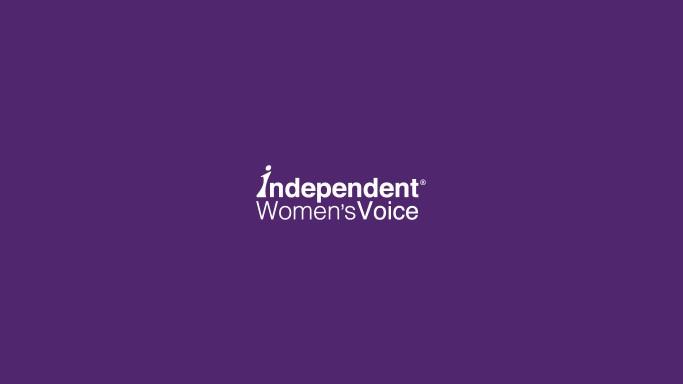Today is Equal Pay Day, the day when women have worked to earn enough to make up for the previous year's wage gap.
The wage gap – or pay gap – is simply the difference between the average of what men and women earn in the workplace.
The Bureau of Labor Statistics, which produces reputable government data on the workplace, found that the wage gap was 82 percent of those for men in 2016.
Each year, women's groups and progressive organizations have joined Democratic lawmakers in peddling the fallacy that gender-based discrimination is the cause of the pay gap.
The same rhetoric has reemerged in 2018. For example, the executive officer of the American Association of University Women (AAUW), writes for CNN:
"The reality is the pay gap is math, not myth... It matters to our daughters and granddaughters, who grow up with less opportunity. It matters to spouses and partners who have to work more to help compensate for the difference. It matters to communities across the country, as women have less to contribute in spending power and taxes.
The underlying assumption here is that U.S. employers are purposefully paying women less than men simply because they are women.
In fact, the pay gap is driven by career choices:
-
Women work fewer hours than men
-
Men and women choose different roles in their family such as working or staying home
-
Women tend to work in lower-paying jobs
-
Women study majors that led to power–paying careers
-
Men tend to work in more dangerous jobs that carry higher paychecks
Read more here: Takeways: What Drives the Pay Gap?
AAUW president is right to want women to have access to opportunity, but more legislation is not the right way.
Wage discrimination against women is already illegal. It has been illegal since the Equal Pay Act of 1963 and Title VII of the Civil Rights Act of 1964. If women feel they have been discriminated against, they can seek legal redress.
Some suggest that we should ban salary histories to address the wage gap (whatever that is not accounted for by the drivers above). However, that is unlikely to do anything.
Women should absolutely be paid based on the role, the location, and industry as well as their education and experience level.
Many employers already use market data to determine the salary range for a particular job. There are plenty of websites that have developed to provide data about salary ranges with granular data about particular industries and regions so that employers and workers can make informed offers and decisions.
As the job market continues to tighten, employers must also increase the wages to attract and retain good talent. Women are in a good position to benefit from a hot job market in this way.
There is still more room for employers to evolve their practices around salary, but mandates are unnecessary and could be counterproductive.
One area we can all agree our society should focus on is empowering women to be their best advocates by negotiating more.
Research demonstrates that women do not negotiate enough and that impacts their career earnings. Recently, Glassdoor found that among American workers 68 percent of women accepted the first offer they received and did not negotiate. That's 16 percentage points higher than men.
We should encourage programs and resources that arm women and men with how to advocate for higher pay from their first job offer and throughout their careers.
We should also educate young women about the choices they make in their educations and the jobs that they pursue. Those decisions will impact their career earnings as well.
What we don't need are new mandates in the workplace to outlaw what is already illegal and may lead to unintended consequences.

